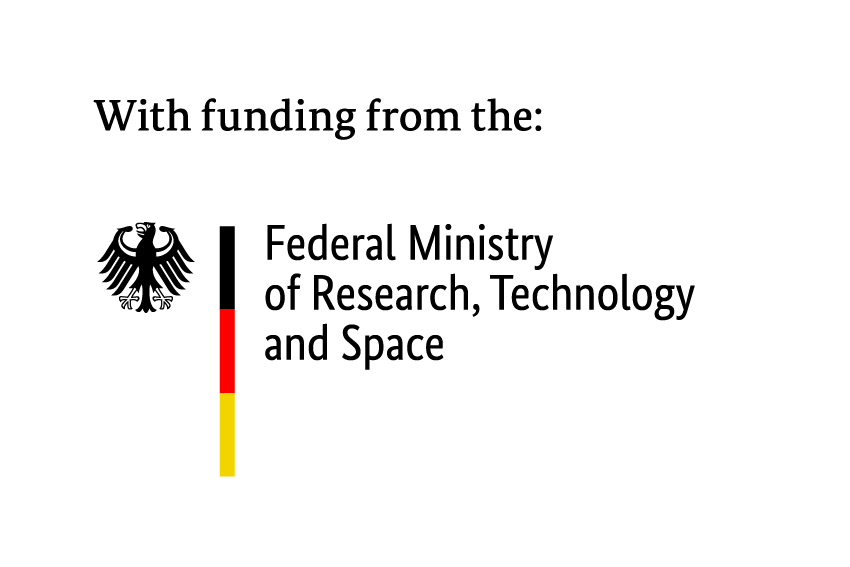Jack Woollam
Digital Presentation:
The evolving landscape of AI in seismology | Common perspectives and trends
Machine Learning (ML) methods have demonstrated exceptional performance in recent years when applied within seismology. These methods are now providing state-of-the-art solutions to a range of traditional tasks, ranging from seismic event detection, hypocentral location, and source parameter estimation, to solving more complex inverse problems. The potential benefits of such ML approaches are becoming widely recognised in the seismological community with research and development moving at a fast pace. This talk presents an overview of the latest state-of-the-art seismological ML research. We discuss the evolving landscape of AI methods including current state-of-the-art models applied to a range of seismic tasks, linking the introduced methods with general trends and directions in the field.
Bio
Jack Woollam is a research geophysicist, currently undertaking his PhD at Karlsruhe Institute of Technology. His research focuses on the statistical analysis of large-scale datasets to improve understanding of earthquake processes. In particular, he seeks to apply Machine Learning and Deep Learning routines to extensive seismic datasets to better image faults and their rupture mechanisms.


